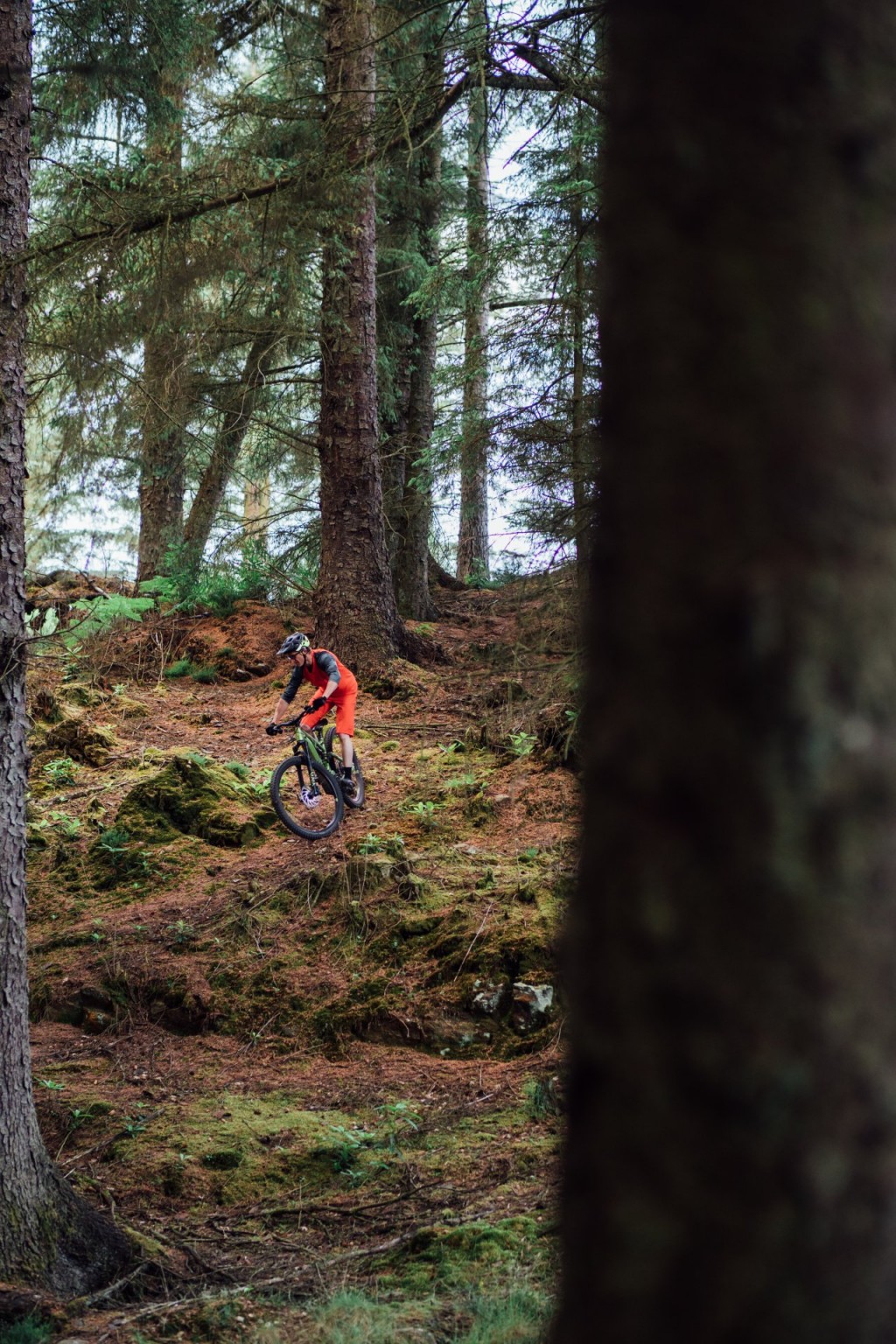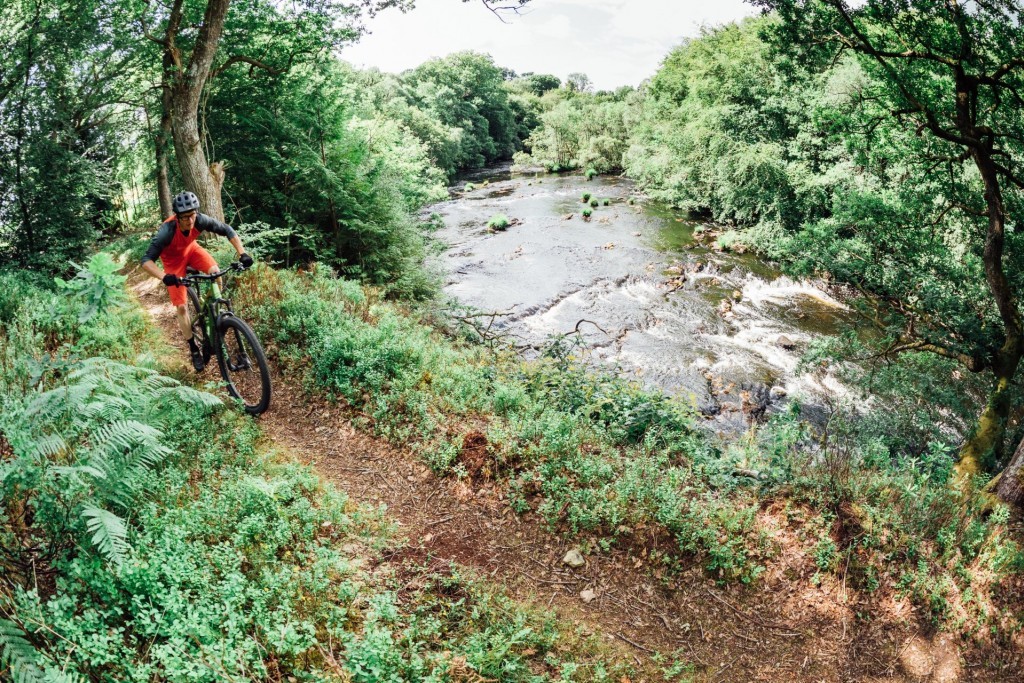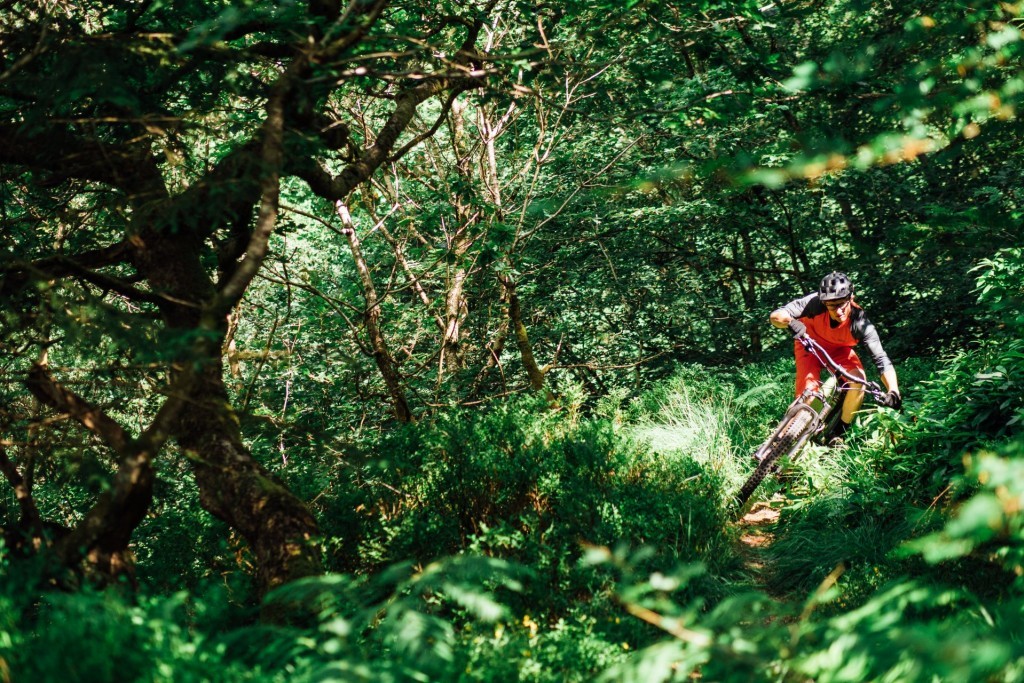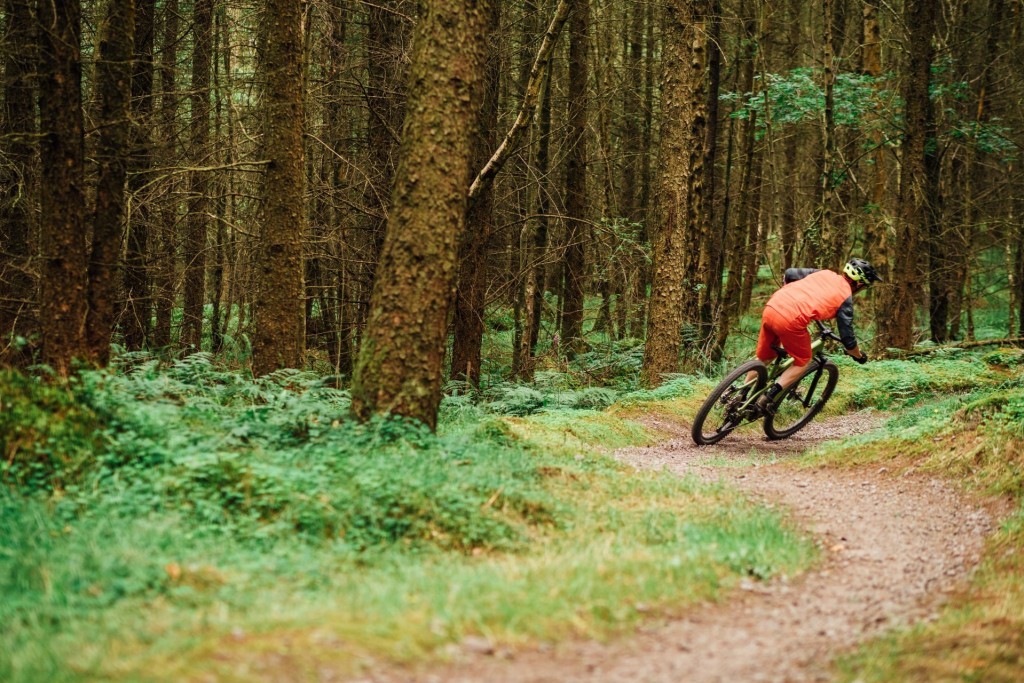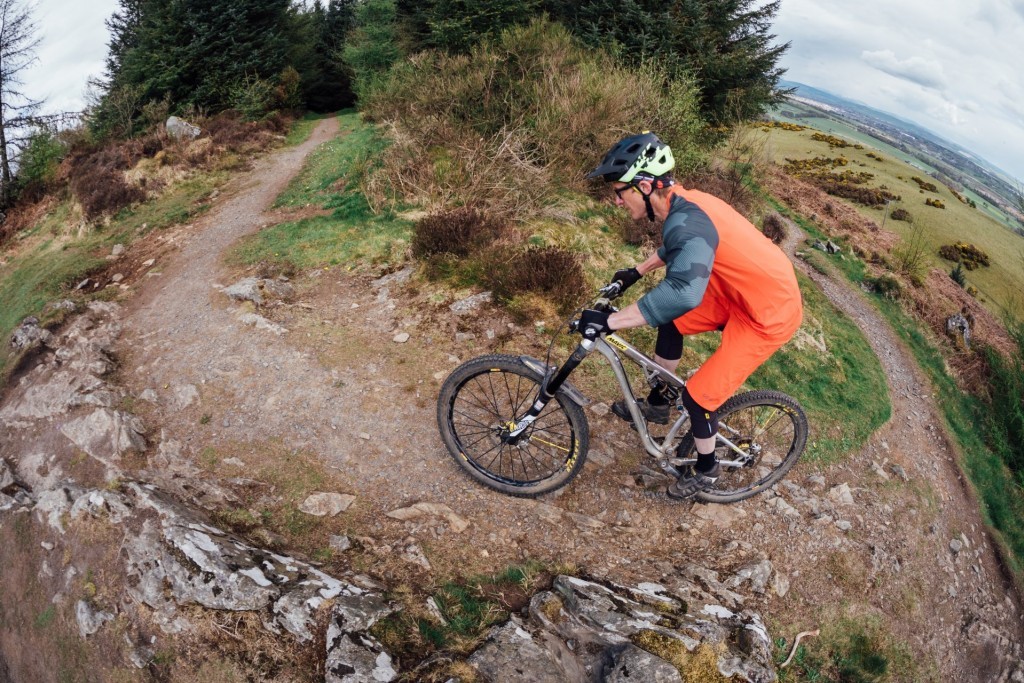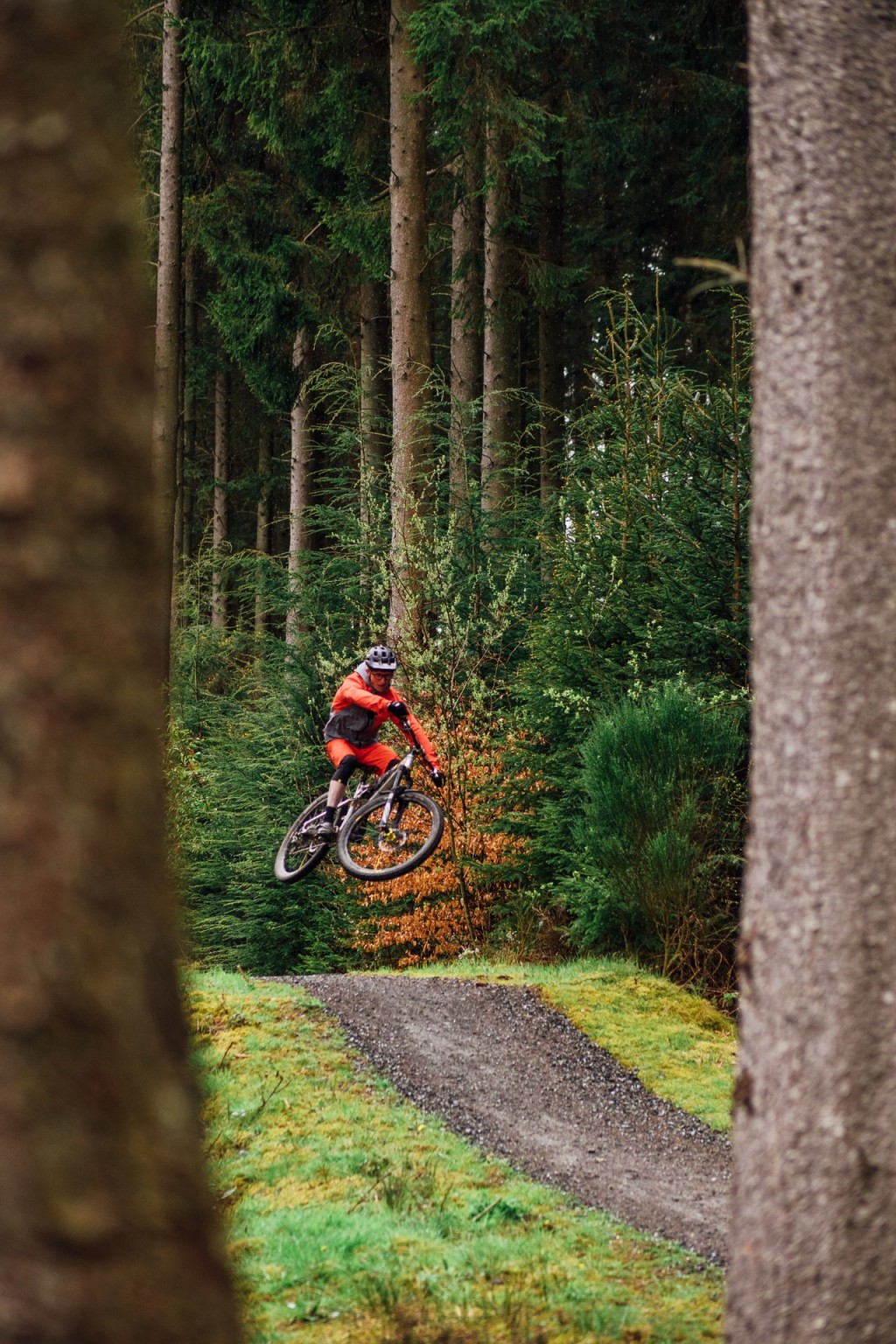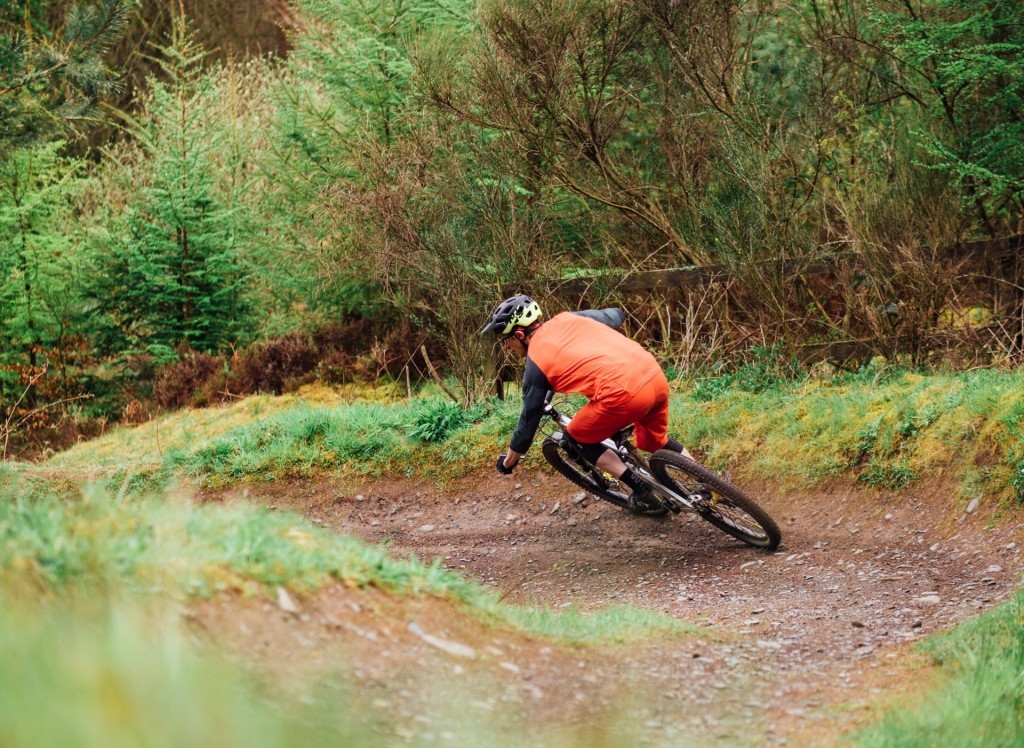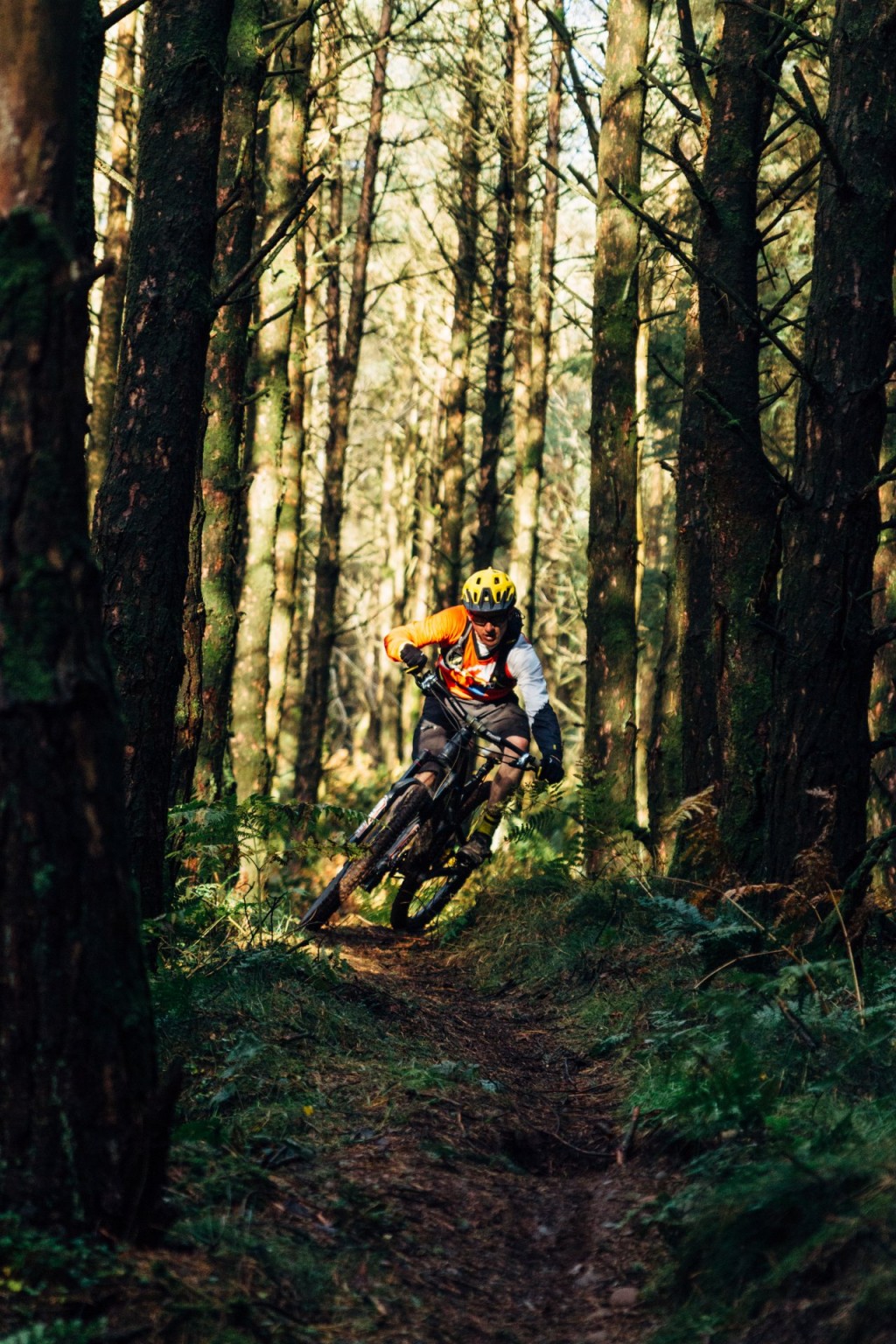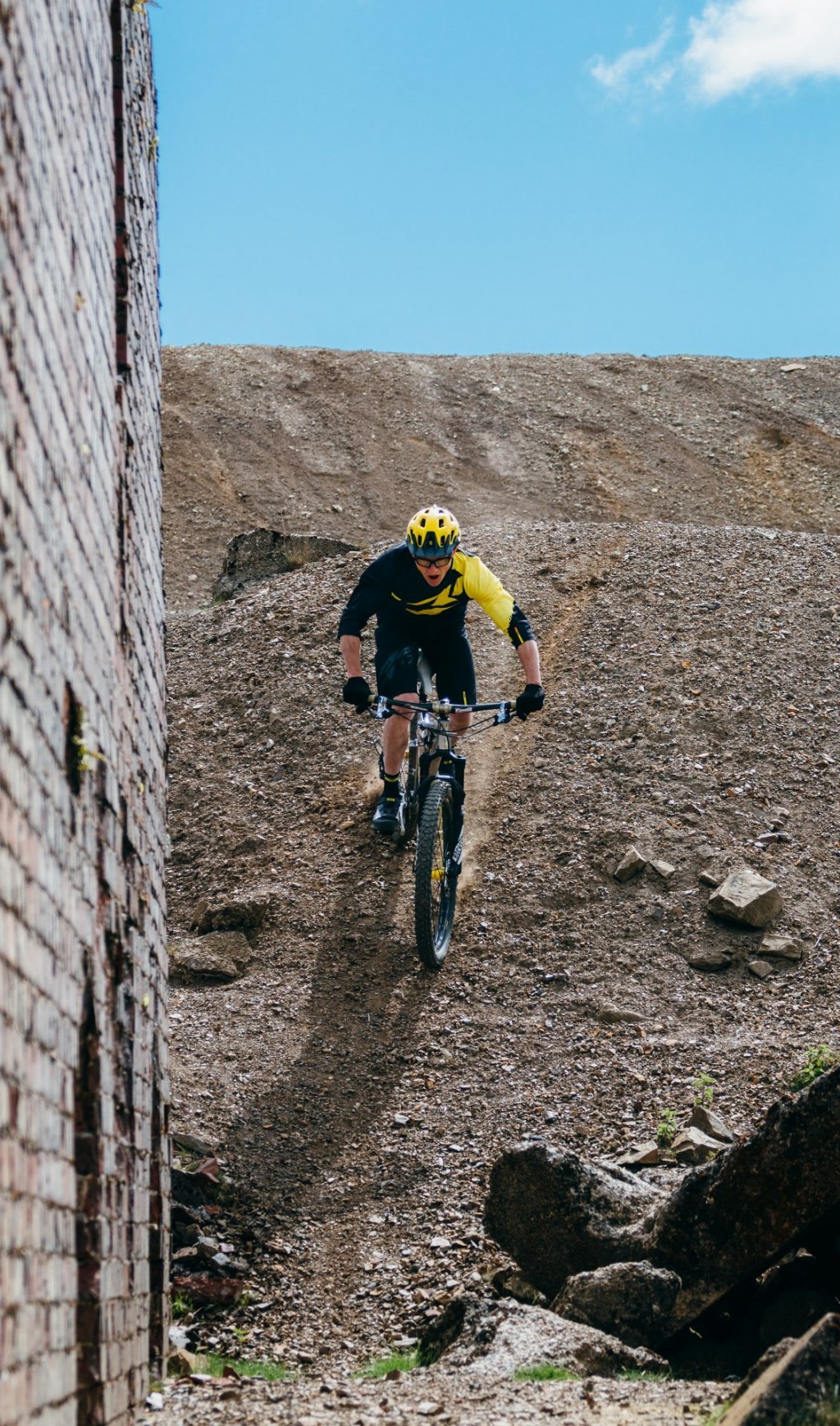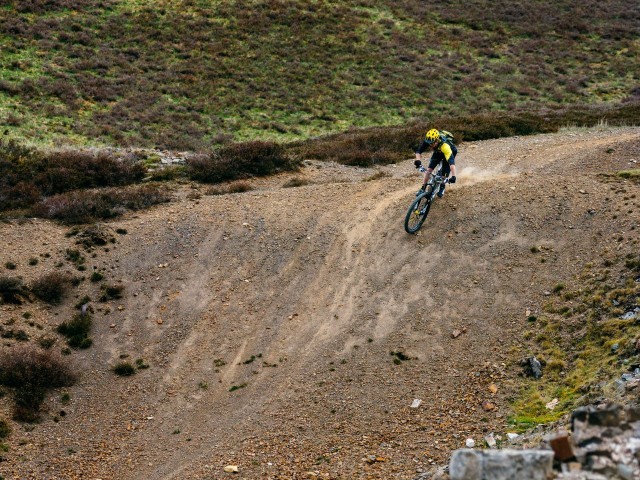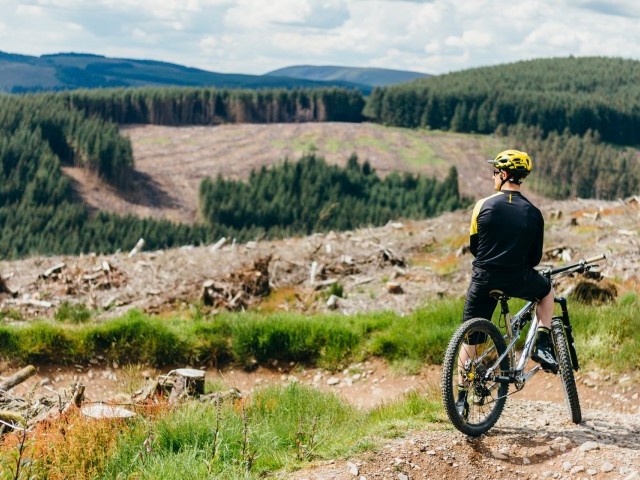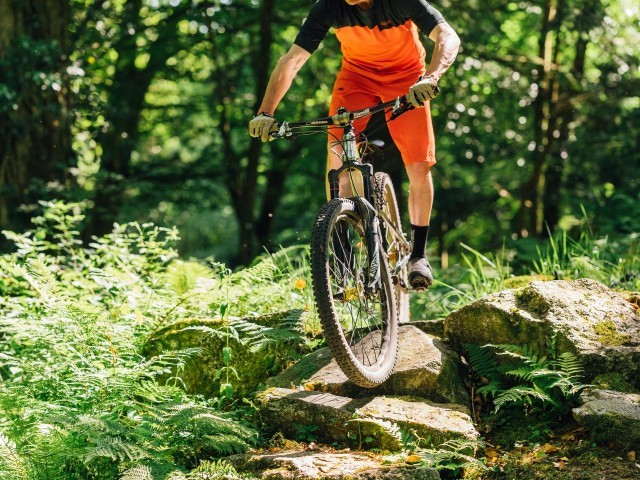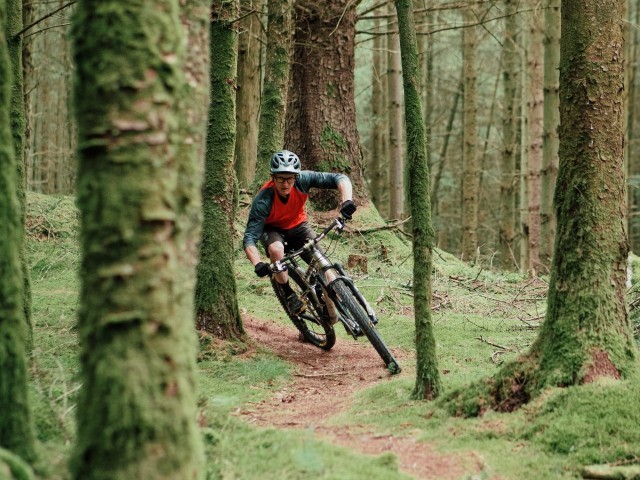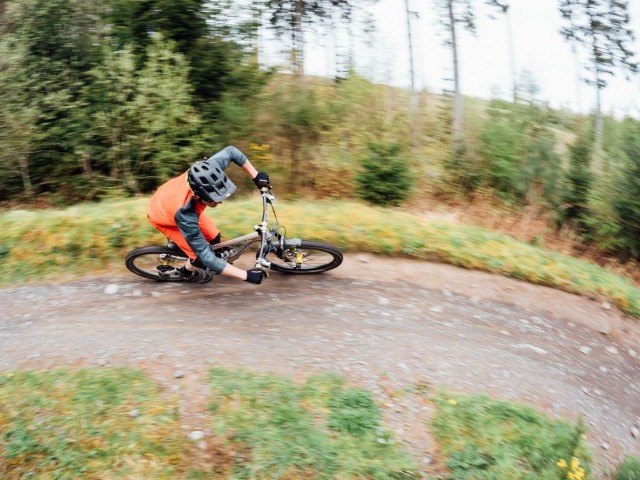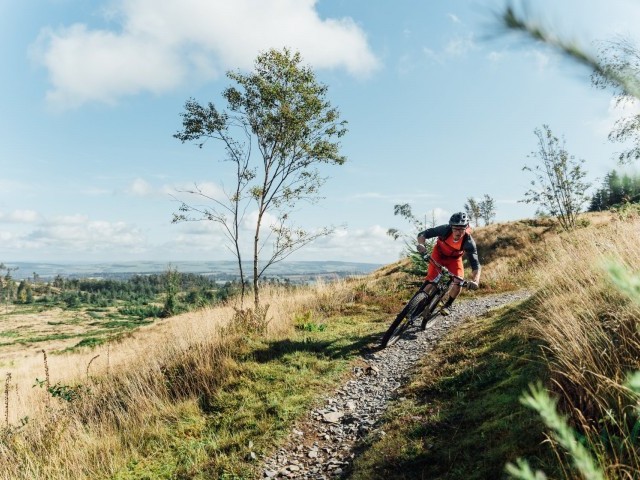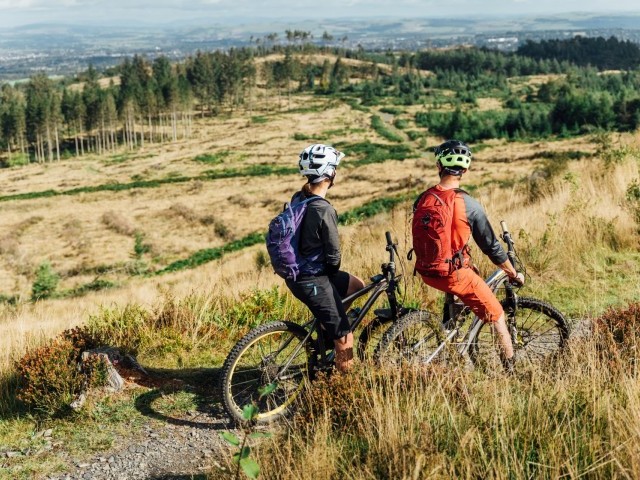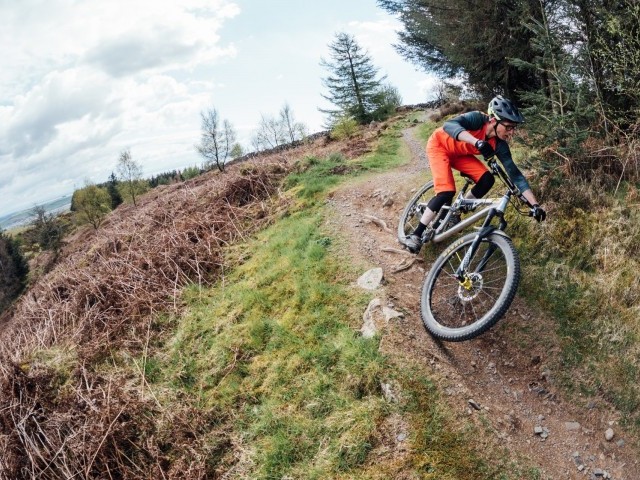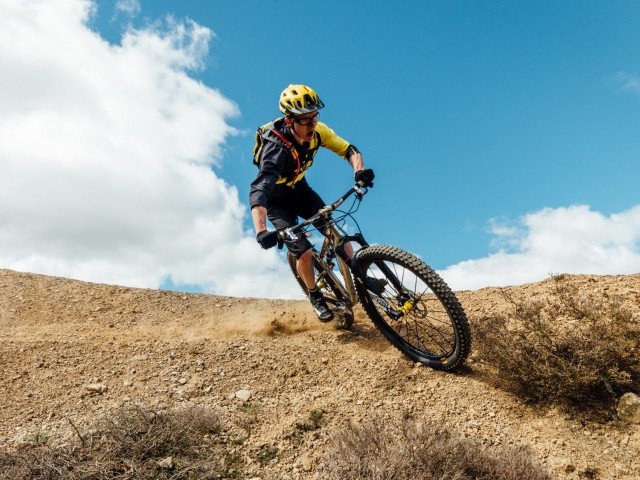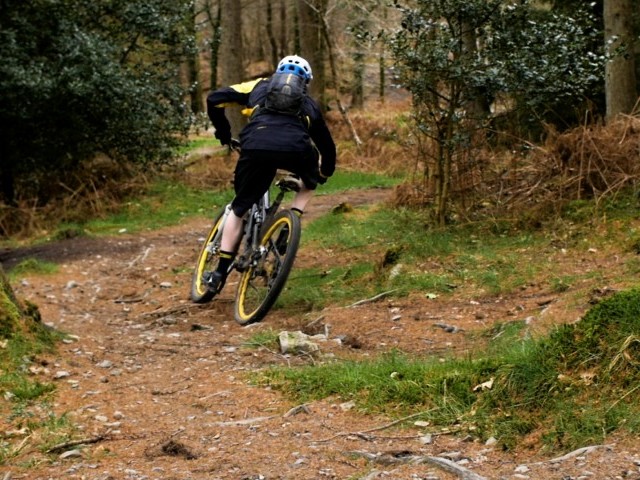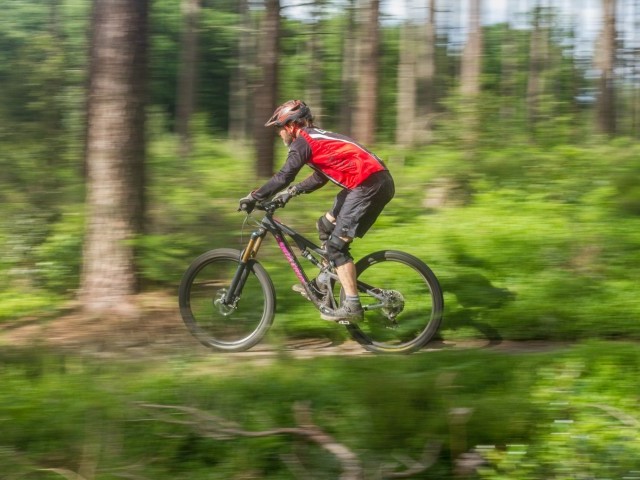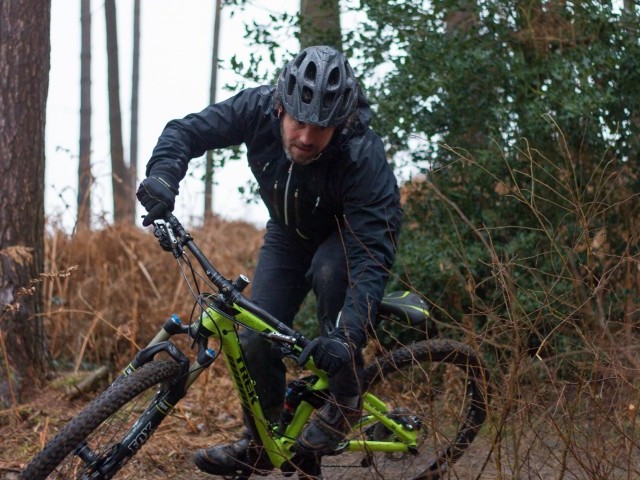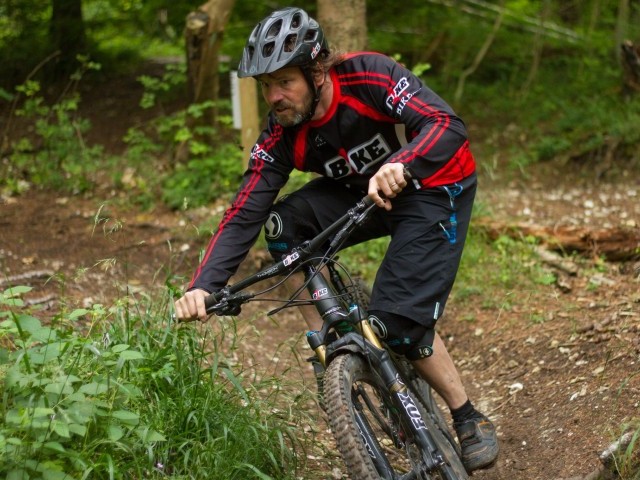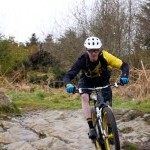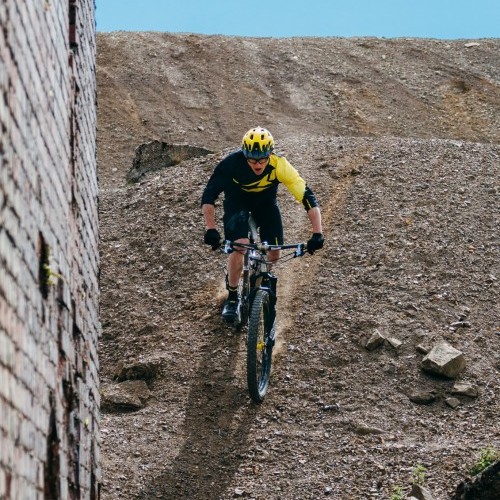
Dare – Double Dare – The Psychological Challenge
Technique / Psychological
In part 2 of our session instalment, we take a glimpse into rider psychology and our mental approach to practising sections of trail. Working on our mental game is a fast track way to improve what happens on the bike. Neglect the mental training, and all that hard work on the bike is as good as worthless.
I have mentioned in many previous features mountain biking is a skill-based sport and can (and should) be learnt progressively. For some, mountain biking is just a way to get fit and enjoy the countryside, but I can imagine that many of you here deep in the pages of IMB are enthusiastic enough to want to take on bigger challenges and further your riding ability.
Many people think we’re risk-takers, but in actual fact, we are the masters of risk management. By developing our mental approach to riding we can better manage risk and take on riskier situations where the penalty for failure increases.
In addition to the terrain that we are riding on which is littered with things I like to refer to as ‘features’ we have a few other external influences to take into account, these range from the weather conditions and the type of light our eyes are having to deal with to the people that surround us, either as comrades on two wheels or those onlookers begging for blood who you happen to come upon along the trail.
In areas such as skills parks, bike parks, jump and drop spots there may well be a whole host of other riders of varying ability egging you on or ‘bigging you up’. Then we have the more subtle influences on your mind, the database of previous experiences, including that trip to the trail and the very short-term memories of the last few meters of trail that you dealt with.
If somebody or something is giving your mind a little wobble before you tackle a technical feature then you may lack the focus required to make it through that feature. In martial arts they talk about the Zen-like state where we ‘extinguish the mind’, we rid ourselves of all the clutter and the day-to-day thoughts that cloud our focus and inhibit us from performing through instinct rather than cognitive conscious thought.
So how do we master the mind, what can we do to rid ourselves of the ‘fear’? How do we bring our mind's eye into focusing and processing nothing more than the sensations being absorbed through the limbs and the light coming in through our eyes? Now I'm no self-help book but I have over the years read many titles that put into context what I knew instinctively already.
I know I am one of the fortunate ones that have started out at a very early age. I learnt these things without having to think about them. Un-stitching my own riding led me on an interesting journey, let's break that journey down and shed some light on how we work and process all the day to day data whilst riding.
Vision - tricks of the shade:
Trust in what you see and choose to see what you want. Nothing is faster than light itself and your brain has the ability to not only process that data but move your limbs and the vehicle below you. A lot of what you see on the trail and at the side of the trail (think exposure) is ‘white noise', you can simply turn the volume down and ignore it.
This is why every skills instructor and coach across the globe hears the words “LOOK UP THE TRAIL - LOOK AHEAD - SPOT YOUR LINE’ in their sleep, they want you to ignore all things on the trail except for the virtual line where you want the bike to go.
Humans have evolved with dominant focal vision which prioritises directly looking for things (food - threats) from the additional data out of the periphery, the data from combined peripheral vision streams through the processor and is buffered. This is how illusionists pull off their magic. Typically through diversion, they draw the eyes and mind on to something particular and do their ‘magic’ in the periphery.
Getting the specific and useful data from peripheral vision and making the instantaneous adjustments from peripheral to focal vision (the thing that's steering your body and the vehicle it's connected to) comes through exposure and training.
This is something everybody that is involved with an activity that uses hand to eye coordination whilst dealing with speeds beyond which we naturally evolved to do (running) has to train their brain to do, from motorcycle riders to fighter pilots to mountain bikers.
This brain training has to be done to counter what is known as target vision. Any situation where you suffer from target vision (that thousand-yard stare) you tend to collide with a feature, in these situations your brain has switched back to purely processing focal vision, you become transfixed on something and therefore headed directly towards it. If peripheral vision had been combined with focal vision, then the brain would see another option and be able to re-plot a new trajectory.
So how can we train the mind's eye to take the useful information from peripheral vision and bring it into focus thus steering us out of harm's way? Believe it or not, you have already started the process by simply reading this far down through the page. Now, albeit that you are static and not in a moving environment, you have cognitively engaged in a process when you are relying on your eyes to scan the page.
No need to reinvent the wheel at this point in time, if you simply type the phrase ‘hand to eye coordination training’ in a popular search engine you will find a thousand and one different ways (typically involving throwing the ball) to help improve coordination. Any good article will introduce the concept of goal setting. As I mentioned before, having a plan and defining outcomes is a must for anyone wanting to see an improvement.
The mind boggles:
Besides training our vision, the brain requires its own focus. A calm mind is a confident mind, and it's the confidence that will enable you to commit to sections of trail.
If we try to tackle a section of trail and we lack confidence in our own abilities, we can easily become victims of the terrain. Even if we have the skillset and physical ability to get the bike through the section. Likewise, if we are overconfident and take a gun-ho approach, or let our guard down, we can also become a victim to a section of trail. Then there are other outside influences like peer pressure that can wreak havoc with your ability to make it through a technical section.
Anybody involved in competition has to master and overcome these things. Many great athletes didn't make the cut simply because of performance anxiety. They have the skills and the fitness but they just couldn’t bring it all together. So how can the regular riders amongst you overcome the external forces that can wreak havoc and ruin your natural ability on the bike?
Taking it to the trail
Make a plan for the day and set some goals for your practice session. Try taking a moment out to sit somewhere quiet away from all the hustle and bustle of the car park and just soak in the environment around you. The best way to calm the mind is through the breath. Take 20 long, deep inhales and exhales before you start sessioning to calm the mind.
First step would be to envision your desired actions. You may have seen riders near the start gate to a World Cup downhill race throwing some funny shapes, eyes closed - visualising and mentally taking themselves down the track that lays ahead of them. Try to make this as realistic and detailed as possible. Really see yourself riding that feature or doing that jump and repeat this a few times before rolling down the trail to do it.
It’s also very important to trust your instincts. If it feels like today is not the day, then simply say NO! We must remember that this isn’t paying the bills and unlike those pro riders, you can simply say no! The trail and section (or one similar) will still be there another day!
Once you’ve calmed the mind and visualized the move a few times it is go time. Roll up to the feature a few times before committing to the feature. There is no shame in rolling up to a jump or section to get a feel for which speed, line and body movements you need to make to enter the section balanced and with confidence.
Another great way to clear a section for the first time, is to follow someone that is already confident riding that feature. He or she can show you the line to take and speed to use in order to successfully execute the maneuver.
Remember, if the nerves start playing up just return to the previous step. Visualisation and breathing techniques to calm the mind. It can also help a lot to have a bit of a longer run in. That way you get more ‘warmed up’ and in the flow of riding before hitting the feature you’re sessioning.
Next up
In the next edition of our skills and technical features we will take a closer look at equipment choices. It is important to become familiar with the working parts of your bike and the gear you take with you on the trail.
You need to know it is going to do its job, and be able to diagnose when something is not working properly. By getting more involved in your equipment your mind is at ease when it’s time to hit the trail, you can focus on the task at hand, no doubt in your mind.
Cheers for tuning in, enjoy the summer and we will see you again in the next issue.
This technique article was in Issue 66 of IMB.
Related
By Clive Forth
Clive Forth is a rider who has been there, done that, got the t-shirt and cleaned his bike with it. He has grown with the UK scene and technological developments for the last 30 years and has competed at all levels in all disciplines riding for some prestigious brands along the way. Always looking for that extra edge with endless passion and drive he is geared up to bring you the inside line on all aspects of mountain biking skills and technique.



